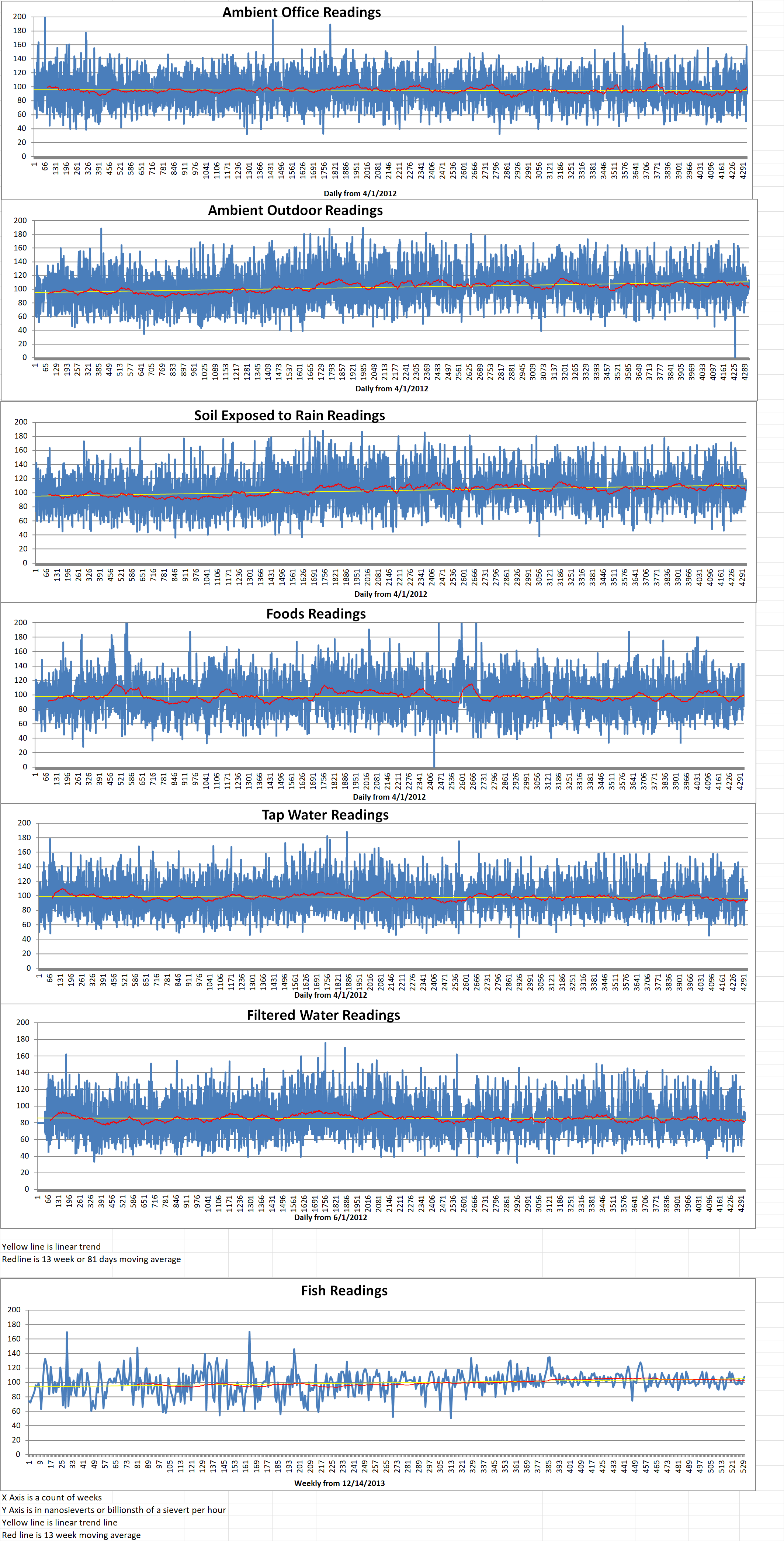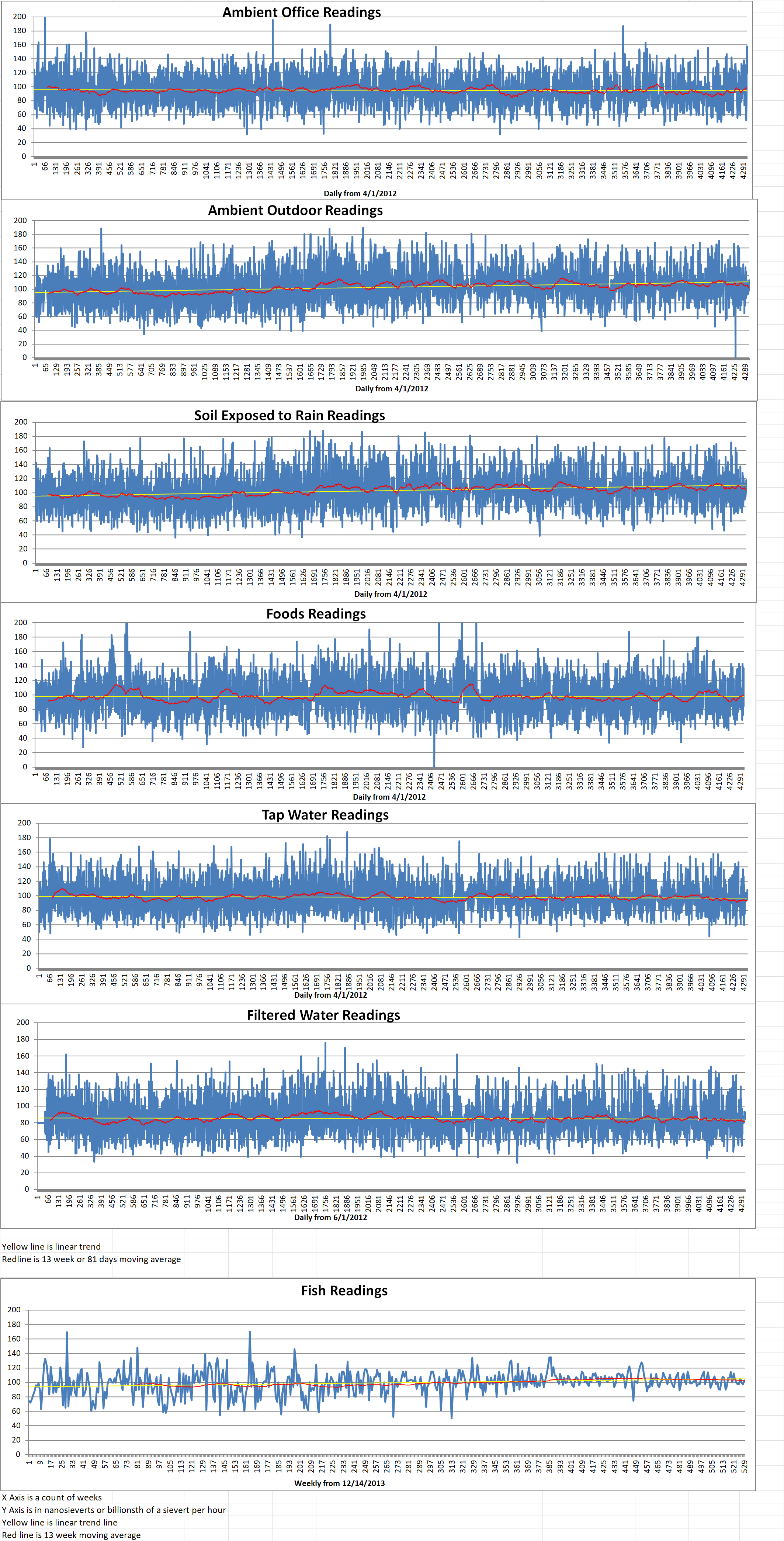The rising demand for clean energy around the globe has pushed innovators to explore better alternatives to fossil fuels. A nuclear fusion company with over a decade’s experience is now ready to speed up development of its oxidation-resistant vanadium alloys for fusion breeder blankets in spherical tokamaks.
Tokamak Energy is a private firm. It plans to deliver commercial fusion energy in the 2030s. The company intends to provide a clean, secure, affordable, and readily available energy source for everyone.
The firm has received a U.S. Department of Energy (DOE) INFUSE award to accelerate its plans. The INFUSE program is focused on accelerating fusion energy development through public-private research partnerships. It involves the expertise and unique resources available at DOE laboratories and universities.
Michael Ginsberg is the president of Tokamak Energy Inc. He said, “Vanadium alloys are the leading candidate materials for breeder blanket structures in fusion power plant designs with flowing liquid lithium. This new project will push our understanding forward on the path to delivering clean and secure commercial fusion in the 2030s.”
Vanadium alloys have great potential as candidate materials for breeder blanket structures breeder in fusion reactor designs, vanadium alloys offer excellent lithium compatibility. These alloys have superior high-temperature mechanical properties when compared to reduced activation ferritic-martensitic steels and other structural materials.
Fusion reactor blanket design activities at Tokamak Energy have shown that a self-cooled liquid lithium blanket without an electrical insulator coating may not be practical due to the magnetohydrodynamic (MHD) pressure drop and the resulting parasitic load. A dual-cooled design with helium as the coolant removes the need for an insulator coating and provides a more accessible design point.
Vanadium alloys have not been considered for dual-cooled designs because of concerns with oxidation and embrittlement by the uptake of interstitial atoms including oxygen, carbon, nitrogen, or hydrogen. To facilitate development of a dual-cooled blanket design with liquid Li as the breeder, a vanadium alloy with improved oxidation resistance and equivalent or better mechanical properties compared to the well-studied vanadium alloy V-4Cr-4Ti is required.
It is the ninth INFUSE award granted to Tokamak Energy which is one of eight private companies selected by the (DOE) as part of the U.S.’s ten-year vision for delivering commercial fusion.
Tokamak Energy will be working with Oak Ridge National Laboratory and the University of Birmingham on the vanadium project. This research could expand the use of these materials, enable new design avenues, enhance safety, and improve plant efficiency.
Jean Paul Allain is the DOE Associate Director of Science for Fusion Energy Sciences. He said, “The INFUSE selections showcase our continuing commitment to the fusion industry in the U.S. and our goal to share widely unique capabilities at national laboratories and U.S. universities. Partnering with businesses and working together is a win-win for our fusion industry, the DOE, and the nation.”
If this research is successful, this project could lead to the development of an advanced vanadium-based alloy with enhanced oxidation resistance. This could possibly expand the use of these materials to more diverse environments, enable new design avenues, enhance safety under accident conditions, and improve plant efficiency.
Blog
-

Nuclear Fusion 78 – Tokamak Energy Is Working On A Vanadium Alloy For Tokamak Reactors
-
Nuclear News Roundup Aug 26, 2024
Biden administration throws cold water on prospect of renewed Iran nuclear talks abcnews.go.com
Westinghouse SMR design accepted for UK review world-nuclear-news.org
Nuclear island components arrive at Tianwan site world-nuclear-news.org
TVA approves further funding for Clinch River SMR world-nuclear-news.org
-

Geiger Readings for Aug 26, 2024
Ambient office = 116 nanosieverts per hour
Ambient outside = 104 nanosieverts per hour
Soil exposed to rain water = 100 nanosieverts per hour
Mini cucumber from Central Market = 90 nanosieverts per hour
Tap water = 94 nanosieverts per hour
Filter water = 84 nanosieverts per hour
-

Geiger Readings for Aug 25, 2024
Ambient office = 90 nanosieverts per hour
Ambient outside = 109 nanosieverts per hour
Soil exposed to rain water = 106 nanosieverts per hour
Blueberry from Central Market = 143 nanosieverts per hour
Tap water = 99 nanosieverts per hour
Filter water = 84 nanosieverts per hour
-

Geiger Readings for Aug 24, 2024
Ambient office = 97 nanosieverts per hour
Ambient outside = 104 nanosieverts per hour
Soil exposed to rain water = 108 nanosieverts per hour
Tomato from Central Market = 129 nanosieverts per hour
Tap water = 100 nanosieverts per hour
Filter water = 85 nanosieverts per hour
Dover Sole from Central = 1098 nanosieverts per hour
-

Nuclear Fusion 77 – Fluminense Federal University Is Investigating One Neutron Stripping As An Alternative To Nuclear Fusion
Nuclear fusion is one of the most powerful nuclear reactions known. It is the process that powers the Sun and stars. It produces a very high-energy output. However, creating nuclear fusion in a laboratory is quite difficult because it requires extreme temperature and pressure conditions.
A recent study reveals a more practical alternative to nuclear fusion. It indicates that one-neutron stripping can produce similar or greater output than a fusion reaction. This is especially the case in low-energy regions close to the minimum energy threshold required for a nuclear reaction.
One-neutron stripping is a reaction during which a neutron from a moving atomic nucleus is thrown out as it hits another nucleus. It is similar to knocking a ball (neutron) out of a moving box (nucleus) when it hits another box. This leaves the moving box with one less ball (neutron). Compared to nuclear fusion, nuclear stripping is much simpler to achieve in the lab. These findings open a new and easier avenue for achieving our nuclear energy goals.
Jesús Lubián is one of the study authors and an associate professor at Brazil’s Fluminense Federal University. He said, “By better understanding the behavior of nuclei in these conditions, we can enhance our approaches to nuclear energy production and radiation therapy.”
One-neutron stripping is a one-neutron transfer reaction. The thrown-out neutron (from the moving nucleus) is absorbed by the target nucleus.
For decades, scientists have been studying the mechanism that leads to the transfer of neutrons in weakly bound nuclei. It is important to decode this mechanism because it can greatly improve our understanding of nuclear physics, including various nuclear reactions.
The study authors performed a revealing experiment for this purpose. They examined the one-neutron stripping process between Li-6 (a Lithium isotope) and Bi-209 (an isotope of Bismuth). Then they compared its output with that of the complete fusion reaction involving the same isotopes.
They utilized the GALILEO Array (a grammar-ray detector) in combination with the 4π Si-ball EUCLIDES (an advanced laser detector) to investigate gamma-ray emissions and detect charged particles during the reactions.
They also used a special method known as the gamma-gamma coincidence, to catalog different gamma rays identified in the one-neutron stripping. The researchers noted that “The gamma-gamma coincidence was crucial in isolating specific reaction channels, allowing the team to pinpoint the behavior of nuclei under different conditions with high accuracy.”
The results of neutron transfer between lithium and bismuth and revealed something surprising. In the above-mentioned reaction, the weakly bound Li-6 nucleus collides with the much heavier Bi-209 nucleus. The result of this interaction proves that one-neutron transfer is able to produce output similar to that of a full fusion reaction.
The authors of the study said, “One-neutron stripping process yields results comparable to those of complete fusion reactions especially in energy regions near nuclear barriers. Contrary to previous expectations, the results indicate that the one-neutron transfer plays a dominant role at lower energies, exceeding the output of fusion reactions.”
These results may unlock new opportunities for employing one-neutron transfer in areas such as nuclear energy research. The study authors added that “The process underscores the intricate and nuanced nature of nuclear reactions, providing a steppingstone for future scientific breakthroughs in nuclear science and technology.” -
Nuclear News Roundup Aug 23, 2024
Japan PM Kishida to hold ministerial meeting on Tepco nuclear plant restart gazette.com
EDF, Westinghouse appeal Czech nuclear tender decision reuters.com
Russia warns the United States of the risks of World War Three reuters.com
Russia simulating use of tactical nuclear weapons, recovered files show – report jpost.com
-

Geiger Readings for Aug 23, 2024
Ambient office = 119 nanosieverts per hour
Ambient outside = 100 nanosieverts per hour
Soil exposed to rain water = 103 nanosieverts per hour
Red bell pepper from Central Market = 85 nanosieverts per hour
Tap water = 99 nanosieverts per hour
Filter water = 84 nanosieverts per hour
